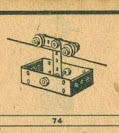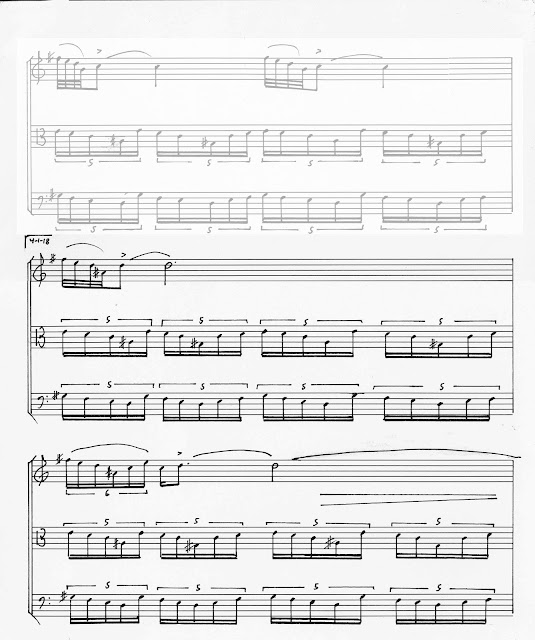Know what I mean?
I can only hope these comments made sense before being run through an online translator.- The best time to make a few plans for the longer term and it's time to be happy. [Thank you, Bobby McFerrin.]
- What's up to all it's actually a fastidious for me to pay a visit this site, it consists of prceless information. [You're misuse of the word "fastidious" -- priceless.]
- It is not my first time to pay a visit to this site. I am visiting this web page daily and obtain good facts from here everyday. [I know. This comment shows up just about every day.]
Unquestionably believe that which you said. Your favorite justification seemed to be on the web the easiest thing to be aware of. I say to you, I certainly get irked while people consider worries that they plainly do not know about. [I'm a little irked right now.]
 |
| Still attracting spam comments from around the world! |
"Lumbering along" still lumbers along
This one post in my ongoing series on cheap Japanese toys continues to draw the spam. The Straco Express Layout, Part 23 - Lumbering Along remains a top destination. possibly because I keep posting about it in these spam updates.- First I want to thank you for the very interesting information you blogged here about lower back pain. [Dude, it's "lumber," not "lumbar!"]
- This web site really has all of the info I wanted concering this subject and didn't know who to ask. [Well, I can't argue with that.]
- If you want to grow your familiarity simply keep visiting this website and be updated with the latest gossip posted here. [Yes, I'm the TMZ for the latest gossip about late 1950s Japanese penny toys!]
- You are so awesome! I don't believe I've truly read through anything like that before. So nice to find another person with some genuine thoughts on this subjet matter. [Said the fake spambot.]
And that reminds me...
Not sure I care for this association.- Hey very nice blog! My site... how to cure hemorrhoids at home.
I've got nothing to say after that, except we'll see what comes in next month!

































